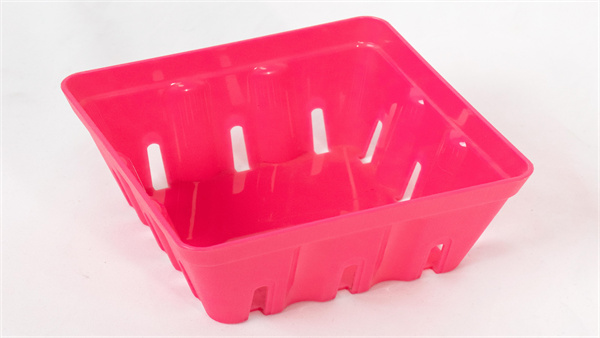在 註塑成型, 產品品質至關重要, and issues such as fractures and cracks are common defects that directly impact market competitiveness and customer satisfaction.
Understanding the causes of fractures and cracks is key to resolving these issues. Fractures typically occur when a product is subjected to loads exceeding its design strength or due to inherent material defects. Cracking, on the other hand, can result from material aging, environmental factors, or processing techniques. 具體來說, fractures may stem from improper material selection, flawed design, or incorrect process parameter settings during production. Cracking is often caused by material brittleness, internal stress, temperature fluctuations, or environmental humidity.
因此, during injection molding, designers and engineers should thoroughly consider these factors to implement effective measures in the design and production stages.

在註塑成型中, product fracture and cracking are common defects that directly impact competitiveness and customer satisfaction. Understanding the causes of these issues is fundamental to solving them. Fractures typically result from excessive loads beyond the product’s design strength or material defects, while cracking can stem from material aging, environmental factors, and processing techniques.
Key Factors in Preventing Fracture and Cracking:
1. 材質選擇
Selecting suitable materials is essential. Different plastics vary significantly in strength, toughness, and temperature resistance. For instance, engineering plastics like polycarbonate (PC) and polypropylene (聚丙烯) offer excellent impact resistance and toughness, making them suitable for products subjected to higher loads. Brittle materials like polystyrene (PS), however, are more prone to fracture under impact. Designers should select materials based on actual usage conditions to ensure product safety and stability.
2. Product Design
Thoughtful design enhances strength and durability. Avoiding sharp edges and sudden angles can reduce stress concentration, lowering fracture risk. Uniform wall thickness also helps distribute stress evenly, preventing fractures from thin-walled areas. Support structures within the design can further increase load-bearing capacity, reducing both fracture and cracking risks.
3. Injection Process Parameters
Proper parameter settings are crucial. Injection temperature, 壓力, and speed directly influence the flow, 成型, and stress levels of the plastic. Excessive temperature can degrade materials, while low temperature may lead to insufficient flow, increased cooling time, and internal stress buildup, causing cracking. Adjusting parameters according to the material properties ensures optimal molding results.
4. Mold Design
Cooling system design impacts the cooling rate and temperature distribution, which affects internal stress. Uniformly distributed cooling water channels prevent localized overheating or overcooling that can concentrate stress and cause cracking. Ventilation is also important to expel trapped gases, reducing bubbles and defects, thus enhancing overall product quality.
5. Operational Standards
Well-trained operators familiar with machine operation and maintenance play a key role in preventing defects. Regular maintenance of injection machines ensures equipment stability and minimizes fracture and cracking caused by machine faults. Maintaining a controlled production environment—including temperature, humidity, and dust levels—also supports high-quality outcomes.
6. Real-Time Monitoring and Quality Control
Establishing strict quality inspection systems with regular sampling helps detect and correct issues early, ensuring products meet appearance and performance standards. Advanced testing equipment and data analysis can identify potential problems, enabling targeted adjustments and process optimization for consistent quality.
7. Post-Processing Techniques
Post-processing methods can also improve performance. For products with cracks, welding or bonding can provide temporary solutions, although the effectiveness depends on material compatibility and environmental conditions. Surface treatments, like coatings or finishes, enhance strength and durability, further reducing cracking risk.
8. Testing and Evaluation in New Product Development
Early-stage testing can identify potential issues before mass production. Mechanical tests on prototypes, such as tensile and impact strength, provide insights that guide adjustments for large-scale production, ensuring product quality and reliability.
Addressing fracture and cracking in injection molding requires a multi-faceted approach. By focusing on appropriate material selection, precise process control, effective mold design, strict operational standards, and continuous quality monitoring, companies can significantly reduce defect risks. Innovations and improvements in injection molding techniques help manufacturers meet the growing demand for high-quality products.
If you’re facing challenges with fracture and cracking in injection molding, DAYIN Plastics Products Co., Ltd. offers comprehensive solutions backed by a skilled team, advanced technology, and extensive experience. Contact us today to boost your product quality and competitiveness!
